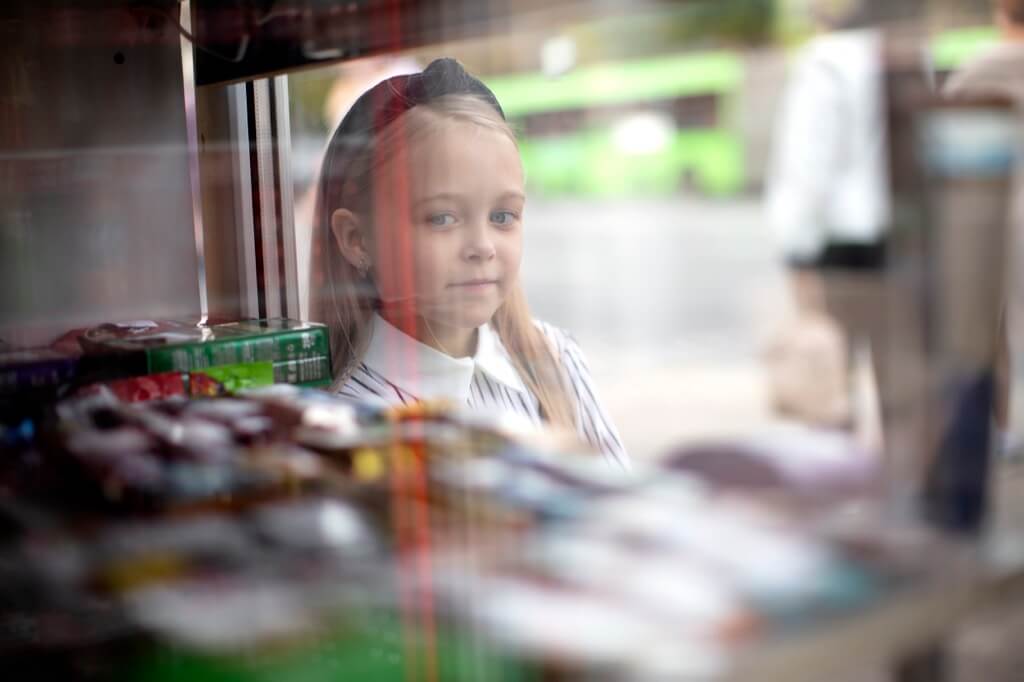Coca-Cola Beverages South Africa voluntarily phased off the distribution of sugary drinks to elementary school vending machines in 2017. Furthermore, the corporation committed to eradicating school branding and promotion. Coca-Cola Beverages stated their intention to take “an active role in addressing rising obesity rates in South Africa, especially among children,” in a letter with the announcement.
In South Africa, childhood obesity is becoming an increasingly urgent public health concern. Obesity and overweight affect nearly 13% of youngsters. Because it enters the system so rapidly, liquid sugar is especially dangerous when consumed. The promotion of sugary drinks has, unsurprisingly, been associated with an increase in childhood obesity. If a child drinks even one sugary drink every day, their risk of being overweight rises by 55%. Similarly, if kids reach adolescence and start carrying extra weight, they very certainly won’t be able to shed those extra pounds.
There is a strong correlation between the school food situation and the availability of sugary drinks. During the formative years, children devote a great deal of time to classroom instruction. One factor influencing kids’ eating habits and preferences is the variety of food and drinks they see at school.
Because of the prevalence of aggressive marketing and unhealthy food and drink options in school lunch programs, this is a major issue for parents in South Africa. The excessive use of sugary drinks by learners is a particular cause for concern. The typical fourth grader (ten years old) consumes one or two sugary beverages daily; a single soft drink can have as much as nine teaspoons of sugar.
School-based initiatives to combat obesity are necessary. My question is, what exactly do these endeavors comprise? Voluntary industry initiatives are not in the recipe, according to our new research.
Our study’s primary objective was to catalog the beverage options offered by schools following Coca-Cola’s announcement. Based on our findings, the majority of schools still had the company’s brands available. Government rules and laws are necessary, as our research shows that leaving regulation to businesses is dangerous.
Audit of Tuck Shops
In the province of Gauteng, South Africa, we examined the food situation in 105 public primary schools. There were schools in both wealthy and impoverished neighborhoods. Through this, we could determine whether the results varied according to the school’s socioeconomic condition. On school grounds, fieldworkers stopped by snack bars and other food vendors. To learn more about the products sold to students in school stores or tuck shops, they consulted with faculty members.
In most cases, students’ daily calorie consumption might be as high as 20%-30% from food consumed on school grounds. In low-income communities, this may come from school tuck shops, students’ lunch boxes, or even the government’s school meal programs.
Two years following the Coca-Cola Beverages commitment, our analysis found that 54% of primary school tuck stores had carbonated sugary drinks. The availability of these beverages was higher in schools that collected fees (86% vs. 21%). The researchers discovered that none of the school snack stores only sold low-calorie drinks when they investigated the availability of alternative low-calorie goods.
School districts encounter difficulties in meeting basic maintenance and staff salary budgets, according to decision-makers. They felt pressured to compromise on the nutritional value of the tuck store items they sold to increase profits. We discovered that school tuck stores do not get all of their Coca-Cola from Coca-Cola Beverages South Africa. School tuck stores were stocked through ordinary commercial wholesalers, even when Coca-Cola Beverages South Africa refused to offer sugary beverages.
Regarding the advertising, only a small number of schools mentioned that the corporation had removed all branding and advertisements from their campuses, as promised in the pledge. Nevertheless, this was an outlier rather than the rule. Coca-Cola branding or advertising was present on school premises in nearly a third of the schools. The school’s name appears on billboards a lot. According to the respondents, branding has not changed, especially regarding branded refrigerators.
Researchers found that just over half of the school administrators surveyed had heard of the commitment. This implies that they either never saw the letter or forgot about it. The survey also found that unhealthy food was easily accessible from adjacent businesses and informal vendors outside of school grounds.
Potential Ideas To Solve The Problems
Policy expert Professor Rob Moodie and colleagues found little evidence to support the effectiveness or safety of self-regulatory approaches, despite their prevalent reliance on commercial food businesses. If we want to help prevent childhood obesity, a ban on sugary drink sales and promotion is probably a better bet than encouraging kids to make healthier food choices on their own. Other developing nations have shown encouraging results, such as Chile, where a school beverage and food ban significantly reduced sales. As a whole, the school community needs to change for the sake of the children, as this is our constitutionally mandated duty.
To make schools healthier places to eat, everyone from students to teachers to parents to tuck shop proprietors can make a difference. It could be scary to make a change at the snack bar, but even a little step, like eliminating sugary drinks, can make a big difference. Throughout the world, this is already taking place.
The school community as a whole has to be informed about these changes. It is important to highlight the adjustments’ favorable effects on kids’ diet, health, and academic performance when discussing their health advantages. Students should be permitted to ask questions about the food and drinks sold in school cafeterias and tuck shops. Every school-aged child in South Africa has the right to a simple and nutritious food option.




